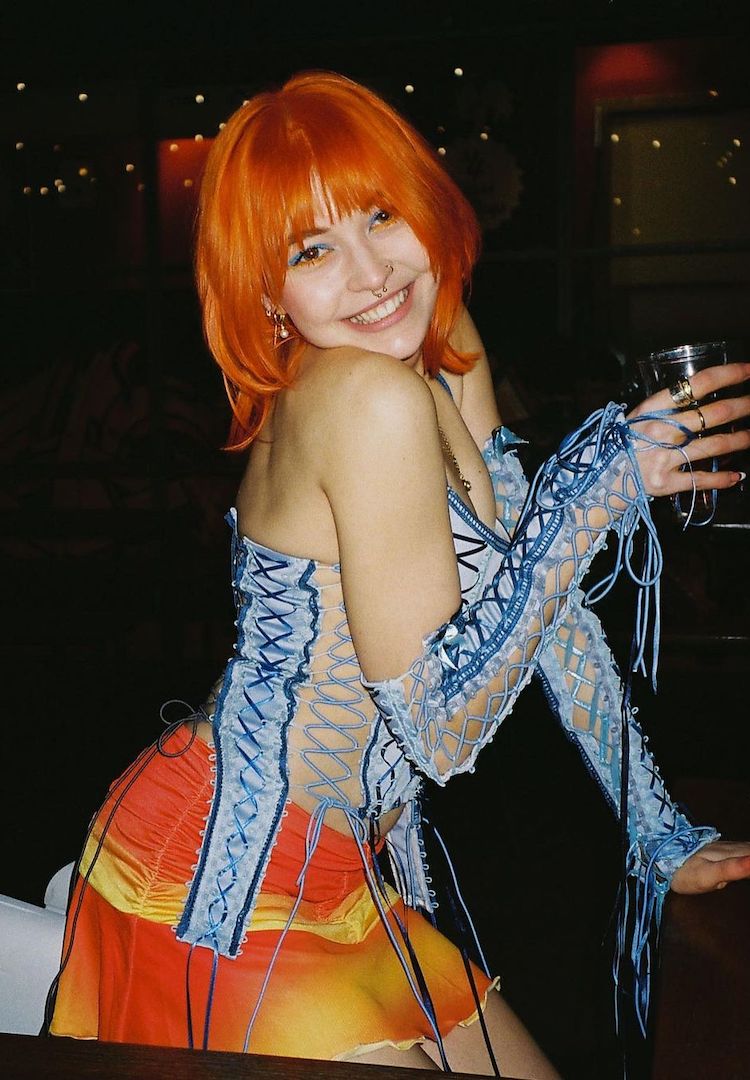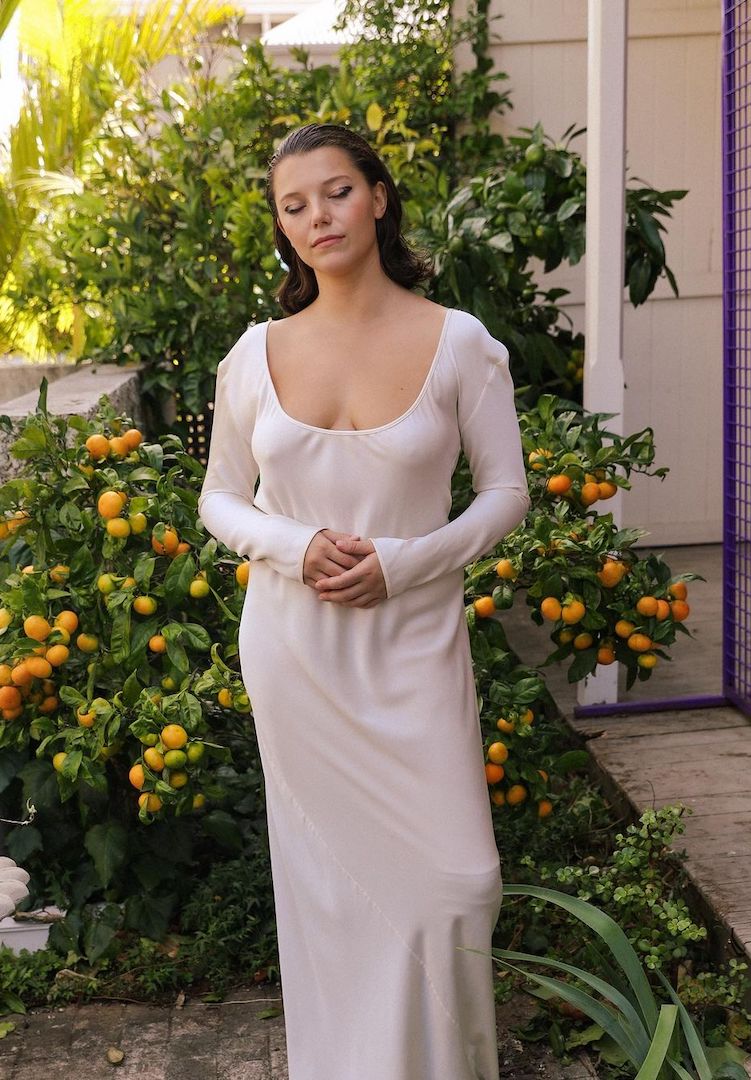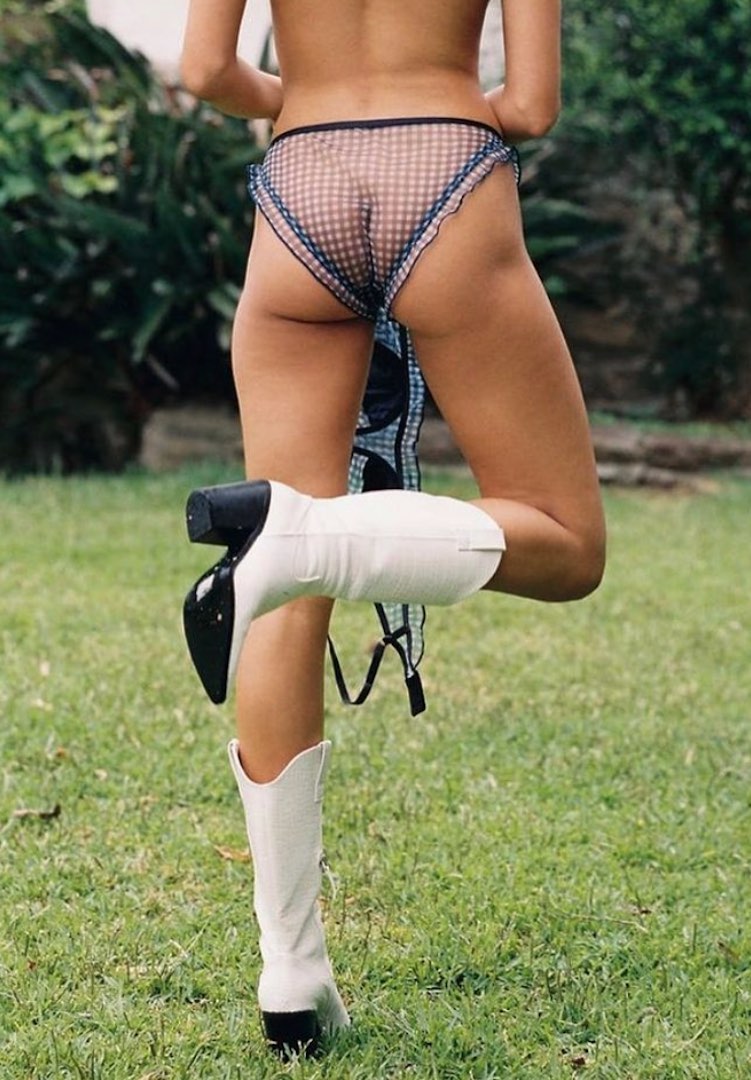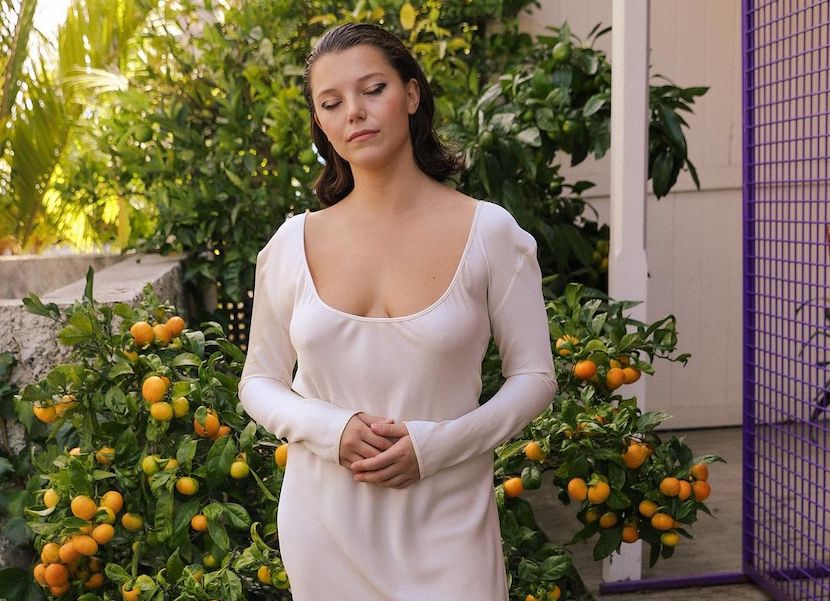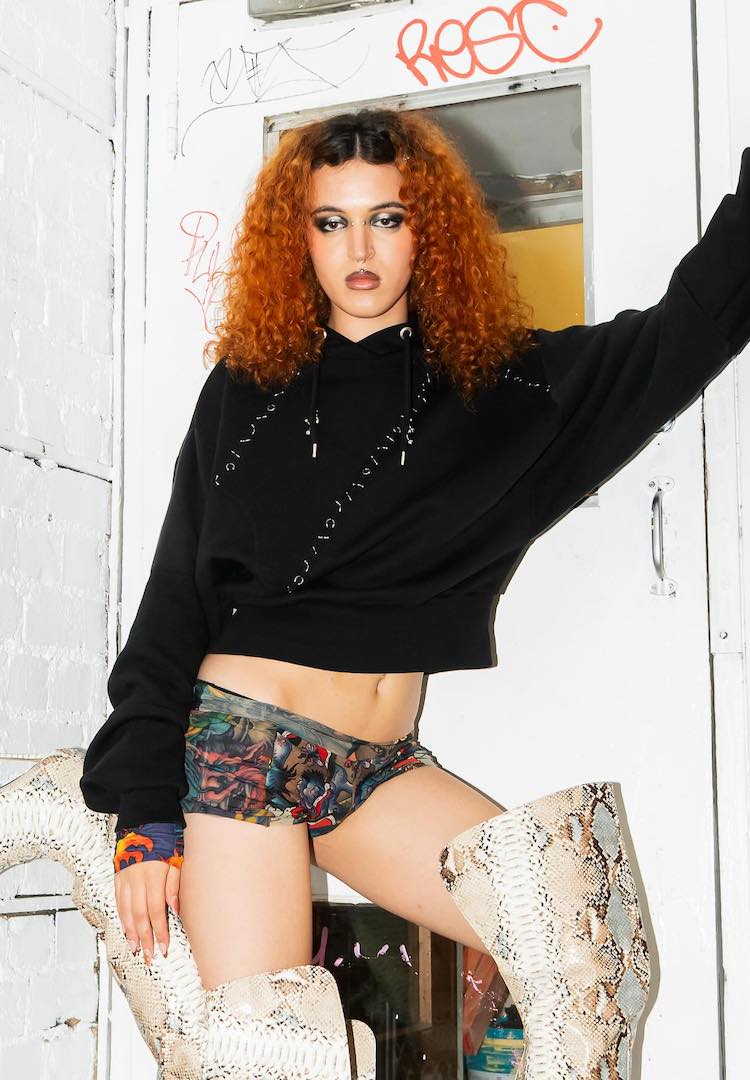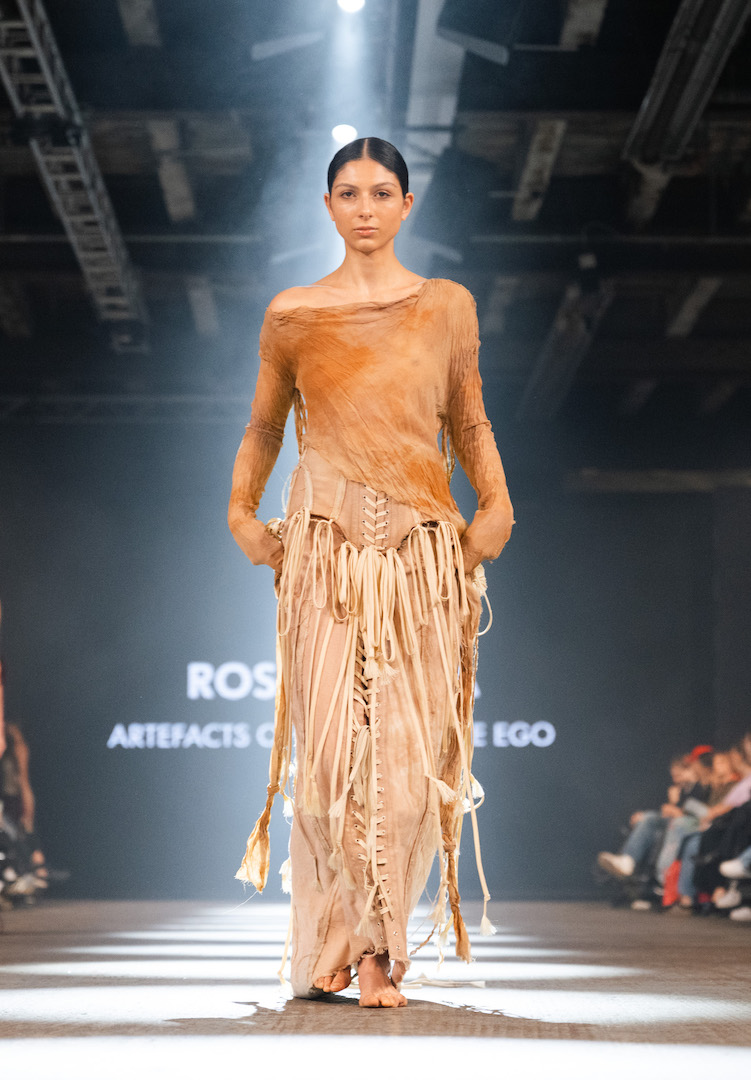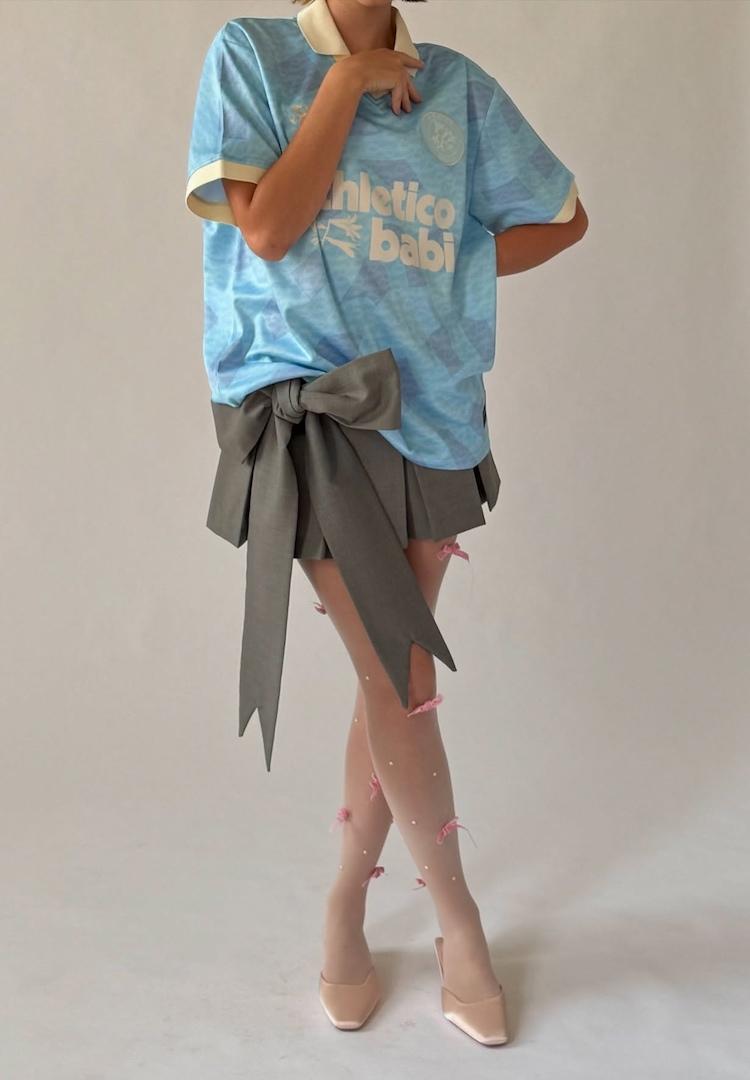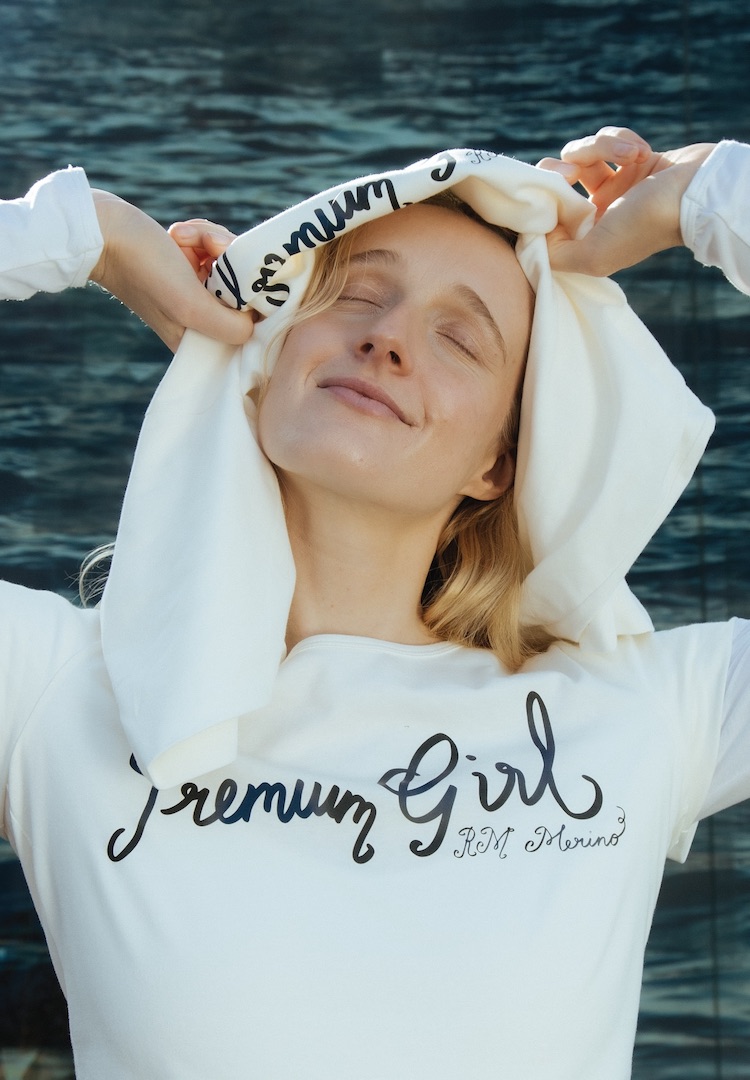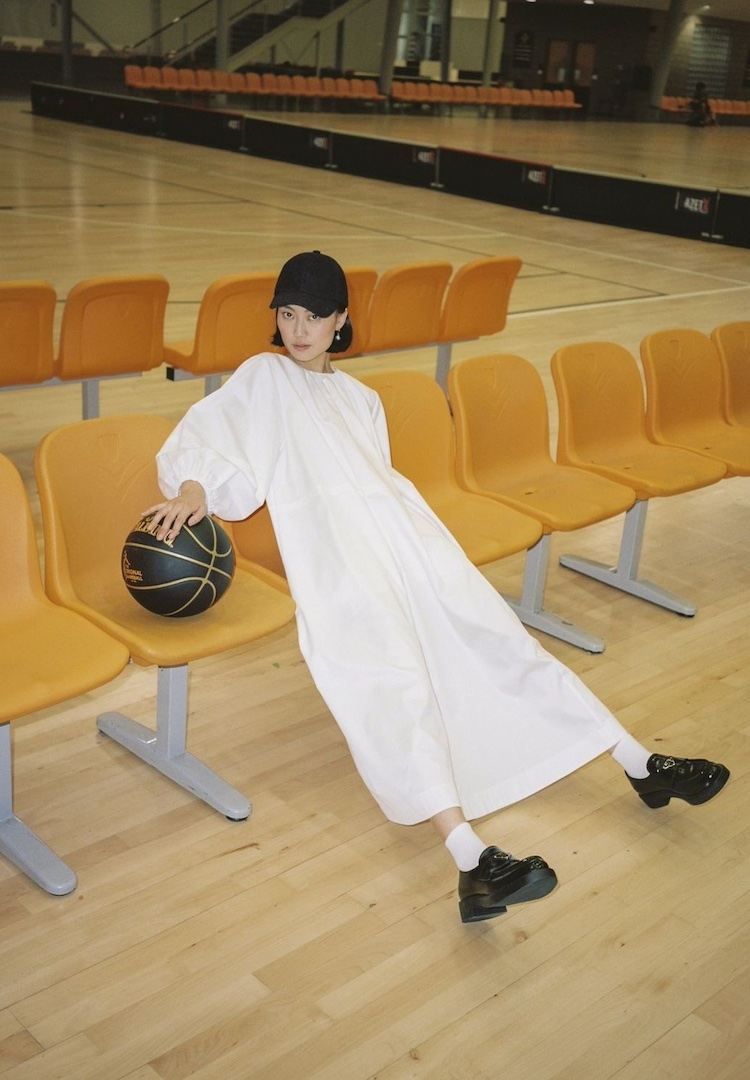Gloria is the New Zealand fashion project making subversive, multi-use pieces for every wardrobe
PHOTOGRAPHY BY FYNN HANSON FOR GLORIA
WORDS BY IZZY WIGHT
“It’s unique, earthy, kind of rough and fluid; luxury but also very sensuous.”
Auckland-based artist and designer Kristine Mary Crabb is something of a creative figurehead in New Zealand. Launching her cult womenswear label, Miss Crabb, back in 2004, Kristine’s delicate weaving of the worlds of art and fashion earned her a spot as one of the country’s most esteemed designers. Dressing the likes of Lorde, Prime Minister Jacinda Arden and generations of “accomplished, interesting women”, Kristine’s work is celebrated for its artistry, romanticism and experimental nature.
For more fashion news, shoots, articles and features, head to our Fashion section.
After closing Miss Crabb back in 2019, Kristine has launched a new era in her design career. Described as a “cross-disciplinary and multi-sensory studio”, Gloria is a fashion project focused on subversive made-to-order pieces. The brand’s collection is comprised of delicate silk capes, lace slip dresses, cashmere coats and a bespoke perfume (of course). Below, Kristine speaks on family, creative freedom and her next chapter.
Tell us about you. What’s your creative background?
View this post on Instagram
I’ve always been creative and a little bit different, I guess. I’ve created my own world as an outlet, which I’ve been extremely lucky to have. I’ve just always tenaciously made things, always created things and always sold stuff. I went to fashion school in a small, isolated and beautiful town in New Zealand, rarked it up and then moved to Tāmaki Makaurau and just started making and selling at the turn of the millennium.
How did the label get started? Talk us through the process and the challenges.
View this post on Instagram
I finished my business and creative project, Miss Crabb, back in 2018. It took a while to wind it down. I then moved house and studio before taking a short hiatus from business and making clothing. I focussed on different creative pursuits and was a solo mom to my three kids – my ultimate creative project. They were some big changes, which were a lot to adapt to.
I still wanted to create my art and I had the idea to make clothes from my house, with my kids around. For years, I used to dream of making ready-to-wear pieces and custom projects for clients, artists and performers. I wanted to do it in my own time, following the natural currents of my ideas and needs.
View this post on Instagram
I love the technical aspects of making clothes. I make all the patterns and problem-solve through making toiles and refinements. My patterns are pure geometric shapes, which give my pieces a unique drape and fit. I use all of the fabric in the garment to minimise offcuts. All our pieces [are made] using minimalistic techniques; usually finished with French seams, beautiful facings, top stitching and fabric binding for quality and longevity.
It goes without saying that all our pieces are made locally by talented artisans and craftspeople. As you can imagine, it’s very challenging… all of it! But it’s also rewarding and provides plenty of learning opportunities, which is a blessing. You need a clear vision, a humble self-belief and if you’re lucky, lots of support around you.
What were you trying to achieve from the project at the time? How has this evolved and what are you trying to communicate through the brand now?
View this post on Instagram
When I had Miss Crabb, it was about bodily autonomy and creative freedom. It focused mostly on women’s bodies… looking back, it was very feminist-motivated. I was having my babies in the early stages of starting the business and the shop, which of course had a big impact on my work.
I wanted maximum flow and beauty for me, my friends, our clients and our followers. I wanted to ‘do away’ with political conventions in terms of time, beauty, size, age, femininity and socio-economic factors. I also wanted to transcend accepted modes of wearing. Our pieces are made for a glamorous party, the beach or a picnic. They’re made for lounging around the house or doing housework. Each piece is seriously multi-use and high-value.
How would you describe Gloria to someone who’s never seen it before?
View this post on Instagram
It’s unique, earthy, kind of rough and fluid; luxury but also very sensuous. I want people to make up their own minds when they see my work. My work has always been a state of mind. It continues to transcend conventions and appeals to different types of people.
I want to inspire playfulness and freedom, to encourage customers to wear and style their own clothing. There’s a complexity and boldness [to Gloria] but also minimalism and simplicity, which lends itself to these ideas of multiplicity. Now with my new project, Gloria, I want to make even more minimalist, multi-use pieces for your wardrobe and more stuff for boys, too!
Where did the name come from?
View this post on Instagram
My grandmother Gloria had a special influence on me growing up. As I was the last grandchild, we spent a lot of time together. She lived just over the paddock when I was little. She was quite unique and singular within the family also; she was a singer up in the hills where she lived, performing at weddings and parties. She had the most magical garden with flowers and ferns, roaming peacocks and a large sculpture of Pania of the Reef, a Maori mermaid-goddess figure.
The first creative project we released was Gloria Parfum, inspired by [my grandmother’s] otherworldly garden. It was made by my dear friend, perfumer Tiffany Witehira of Curionoir. It has notes of winter florals from Gloria’s halcyonian garden, earthy spices and an erotic musk to base the nuanced bouquet. It’s the most sophisticated fragrance. It somehow channels the past and the future, which are two major themes in my own work.
View this post on Instagram
Gloria was an aviatrix and motorbike rider before she was married to my grandfather. She was the second woman to fly the Tasman Sea, 12 months after Jean Batten. She used to ride her Indian motorbike from Swanson in West Auckland to visit my grandfather in the small rural town of Matamata. She had a more progressive political view than her farming contemporaries, so she must have been quite headstrong, perhaps stubborn.
She had a love and curiosity for people, knowledge and life. [She] taught me many things, she always had time. She used to say to me in the ’80s, “I can’t stand the way fashion models look at you like you’re dirt!”. She was serious… pretty funny 35 years later.
What are you most proud of in your work on your label?
View this post on Instagram
I love that it brings people together, it lets people love their bodies more and empowers and transforms them. It’s sexy and fun. It’s enabled me to grow as a person and an artist and it gives my children something cool to collaborate on and aspires to.
Despite making personal sacrifices in my career (mostly just working all the time! As that’s what it seems to require), I’ve always loved the clothes we made.
What do you wish you knew when you started?
I wish I knew how to be more confident with my ideas, my style and just generally. [I wish I knew to] be less self-conscious, to enjoy [making clothing] a bit more. Creating is empowering but it can also be kind of exhausting… it’s a little bit of The Emperor’s New Clothes energy sometimes.
Who do you think is most exciting in the local creative industry right now?
View this post on Instagram
Maeve Woodhouse of Hera Saabi. She’s a complete creative genius, her work is very very special. [She’s] a jeweller based in Tāmaki, her pieces are so fine and clever. Her jewellery is made by hand with precious metals and stones, influenced by evocative and human themes like attachment and legacy. Her visual campaigns are so breathtaking, it’s no wonder she has the defined following she does. Her pieces imbue a feeling that anything is possible… it’s like looking up at the cosmos; jewels, consciousness and potential.
What about the local creative industry needs to change?
More consumers! Support what you love.
Dream local collaborators?
View this post on Instagram
Tiffany Witehira and Richard Orjis. They have been my dear friends since the start of my career when I came to Auckland in 2001. They have their own respective art practices, which are so respected and admired by many in Aotearoa and further abroad.
Who is in your wardrobe right now?
Three new Gloria Suits and a Gloria catsuit, [also] bra and undies prototypes. La Fille D’o, DSTM and some Gloria silk capes and accessories. Hera Saabi for my jewellery, Curionoir for my fragrance. For shoes, I’m wearing Dora Teymur, Manolo, Westwood, Margiela, Nike and Reebok… [I’m] slightly obsessed.
How can we buy one of your pieces?
View this post on Instagram
Yes! You can purchase from our cool website or our new showroom in Auckland at Château Gloria. And [you can also shop] via the channels; Instagram, Facebook, and our sweet mailers. Please sign up for special info and access to new stuff and events.
Browse the Gloria collection here.

